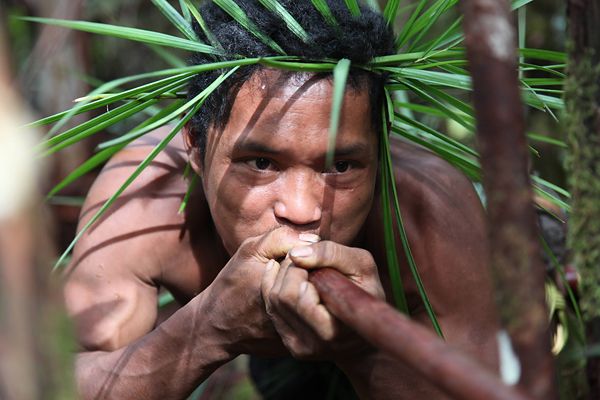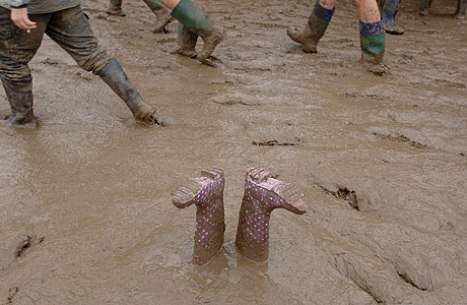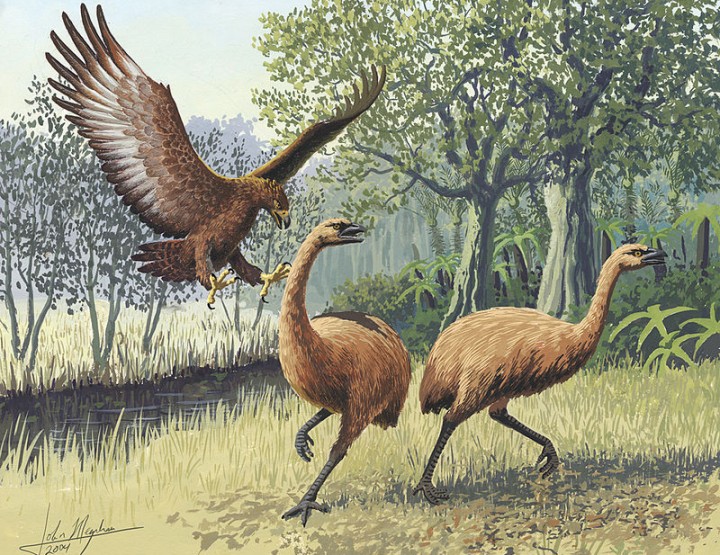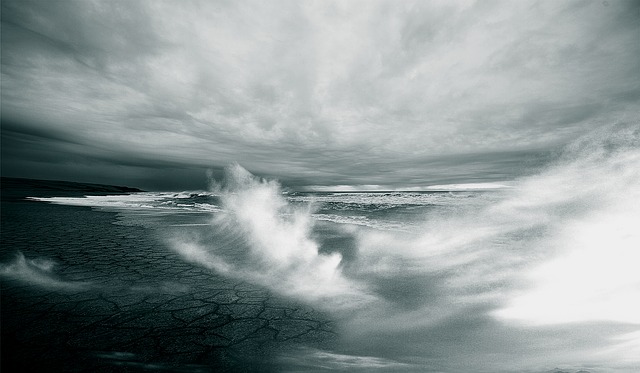In order to survive in an austere landscape, you need to be very clever and pull out all the stops. Indigenous peoples always knew that and learned quickly. Here, I will list some of the oddest tricks of indigenous peoples and nomads to survive:
Camel blood is a nutrition supplier. This was already discovered by different desert tribes and nomads in Africa (e.g. the Massai) a long time ago. They just tap into the animal by tapping a little blood vessel and collecting the effluent blood or drinking it directly from the body. The blood consists of minerals that are good for the body. Needs to get used to it, but if you want to survive, you shouldn’t be fussy.
Many indigenous peoples on the whole world, especially in South America, use the poison that is given by nature in order to groom their arrows and spears. These poisoned weapons can kill the bags faster so that they can’t run away. In South America, they use poisonous amphibians and poison from plants is leveraged in Africa. People use poison for fishing, as well as I told you in a previous article.
Another clever trick comes from aboriginal peoples from North Africa who live south of the Sahara. When a hunter becomes thirsty while stalking, he makes use of a very special trick. He draws a curious dog ape and feeds it with salt. When it approaches, it will be caught with a little loop that has been laid before. Now, he has to wait until the dog ape has ingested more salt (many animals love salt, because it’s an important mineral for the body). After it gets thirsty, it will be released and the hunter follows it to the next waterhole.
Other aboriginal peoples, particularly desert dwellers and those who live in the savanna, dig big bulbs and roots from the water. They crush them into pulp and press water out of them in order to allay their thirst.
As you can tell, there are numerous tricks to survive in the wild. You just got to know how to leverage things.
Image Source: http://www.nzz.ch/aktuell/startseite/nach-den-holzfaellern-kommt-die-malaria-1.5664485





